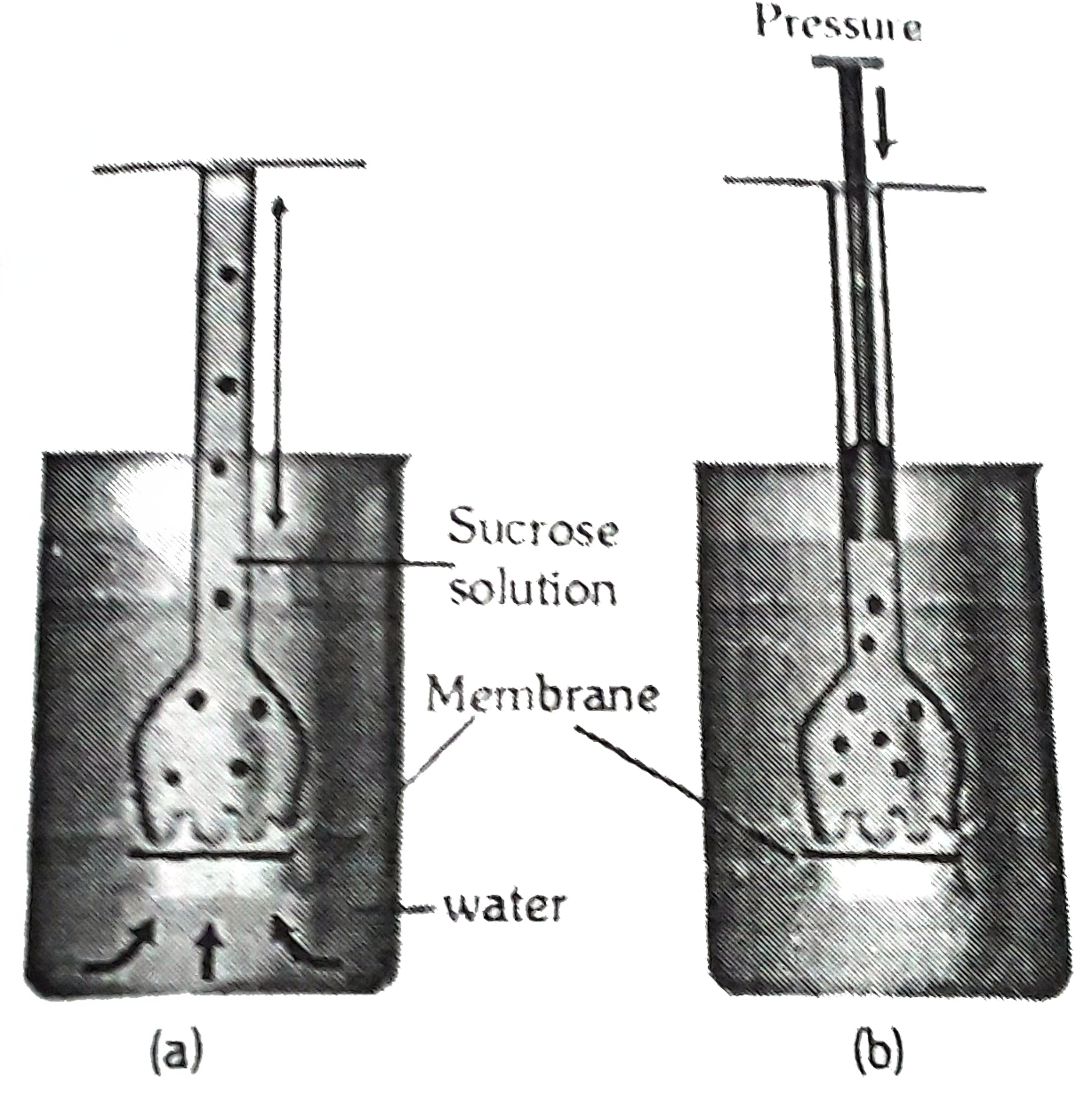Explain : Root Pressure.Solution in Gujrati
As various ions from the soil are actively transported into the vascular tissues of the roots, water follows (its potential gradient) and increases the pressure inside the xylem. This positive pressure is called root pressure. Root pressure can be responsible for pushing up water to small heights in the stem.
To understand how root pressure exists, choose a small soft-stemmed plant and on a day, when there is plenty of atmospheric moisture, cut the stem horizontally near the base with a sharp blade, early in the morning.
You will soon see drops of solution ooze out of the cut stem, this comes out due to the positive root pressure.
If you fix a rubber tube to the cut stem as a sleeve you can actually collect and measure the rate of exudation and also determine the composition of the exudates.
Effects of root pressure is also observable at night and early morning.
When evaporation is low and excess water collects in the form of droplets around special openings of veins near the tip of grass blades and leaves of many herbaceous parts. Such water loss in its liquid phase is known as guttation,
Root pressure can at best, only provide a modest push in the overall process of water transport.
They obviously do not play a major role in water movement up tall trees. The greatest contribution of root pressure may be to re-establish the continuous chains of water molecules in the xylem.
Which often break under the enormous tensions created by transpiration.
Root pressure does not account for the majority of water transport.
Most plants meet their need by transpiratory pull.
Topper's Solved these Questions
- BOOK - KUMAR PRAKASHANCHAPTER - TRANSPORT IN PLANTS EXERCISE - Section-B Difference/Scientific Reasons6videos
TRANSPORT IN PLANTS
- BOOK - KUMAR PRAKASHANCHAPTER - TRANSPORT IN PLANTS EXERCISE - Section-C Definition/Explanation-terms/Location-Function25videos
TRANSPORT IN PLANTS
- BOOK - KUMAR PRAKASHANCHAPTER - THE LIVING WORLDEXERCISE - OBJECTIVE SECTION (FILL IN BLANKS)9videos
THE LIVING WORLD
Similar Questions

Study the given figure carefully and select the true and false statement(s) in this demonstration.
(a) Numerically this external pressure in figure (b) is equivalent to the osmotic potential of a solution, but the sign is opposite.
(b) Osmotic pressure is due to the solute concentration.06:20View SolutionDefine : Diffusion.
01:35View SolutionA .......... is a collection of pressed, dried and preserved plants mounted on ……..
02:00View SolutionRoot Pressure
02:14View SolutionRoot pressure is unable to explain the ascent of sap because it is not found in
02:19View SolutionRoot pressure is a
01:45View SolutionHow root pressure develops in roots?
02:56View SolutionWhat are evidences of root pressure? What is role of root pressure in plant life?
02:15View SolutionThe hydrostatic pressure developed in the root is called................ Pressure.
View SolutionExplain the resistance to the root pressure theory.
03:20View SolutionRoot pressure is a
02:03View SolutionExplain systolic pressure and diastolic pressure.
02:36View SolutionExplain the term root pressure.
02:45View SolutionRoot pressure is a
03:08View SolutionHow root pressure develops in roots?
02:05View Solution
